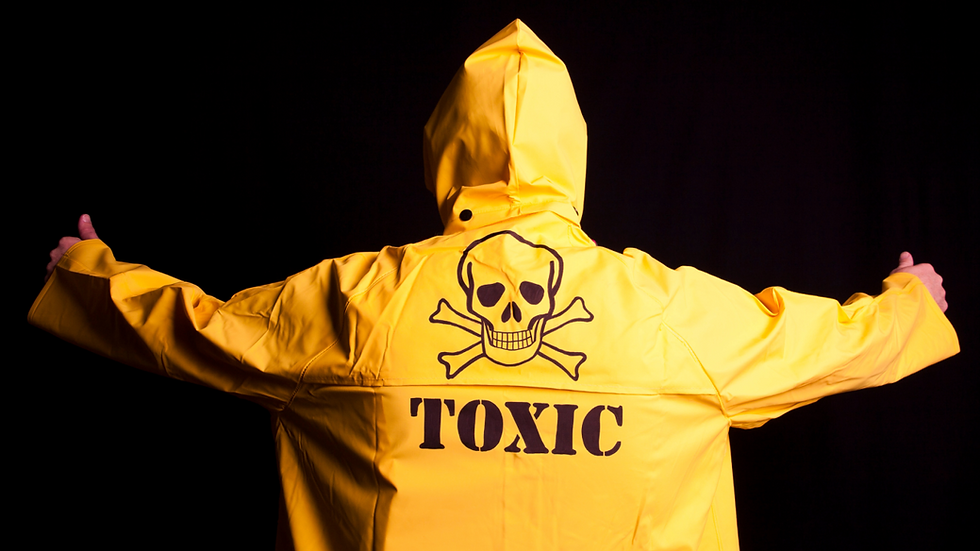10 Toxic Leadership Types
- Feature

- Jul 24
- 3 min read
By Dr. Israel Galindo
The measure of successful leadership is how well a group performs over time in terms of valued outcomes or the realization of its mission. Benjamin J. Inyang considers leadership as a process that “involves the use of non-coercive influence to shape a group’s or organization’s goals, motivate behavior towards the achievement of those goals and help define group or organization culture(1).”

By extension, leadership influences people to strive willingly and enthusiastically toward realizing group goals. In other words, effective leaders encourage agency through the distribution of authority.
The concept of leadership as influence goes against the popular notion that leadership is about “power”: getting it, keeping it, withholding it, and wielding it to get people to do things. Leadership is about influence, and the quality of a leader’s relationship with the group mediates that influence.

The notion that leadership is about power perpetuates the all-too-common idea that leadership often is, as Colin Slattery put it, “a place inhabited by incompetence, flawed character, and unethical behavior (2).” The notion that leadership is about power leads to toxic leadership and, ultimately, a failure of the nature and function of leadership.
Furnham noted ten different types of toxic leaders scholars have identified:
• Aberrant leaders. Exhibit abnormality, atypicality, and deviance.
• Anti-social leaders. Identified as psychopath, immoral, and/or delinquent behaviors.
• Dark side leaders. Described as evil, dismal, and menacing.
• Derailed leaders. Leaders who are thrown off course habitually.
• Despotic leaders. They are autocratic in their leadership stance, “power hungry.”
• Destructive leaders. Habitually ruining and spoiling initiatives, projects, and ideas.
• Incompetent leaders. Persons in leadership positions who are inadequate, ineffective, and unqualified for the job.
• Malignant leaders. Characterized by doing harm and spreading malevolence.
• Tyrannical leaders. Led by arbitrariness are oppressive and unjust bullies.
Dealing With Toxic Leaders
One persistent paradox is, “Why do organizations and groups put up with toxic leaders for so long?” Ceasar Milan, known as “The Dog Whisperer,” said, “Humans are the only species on the planet who follow dysfunctional leaders.” All other species in the animal kingdom understand leaders’ vital role in a group’s survival, health, and effectiveness—the natural order of things guides groups to dismiss ineffective or toxic leaders.

How can organizations deal with toxic leaders?
Leaders and everyone in the organization will do well to change their perspectives of leadership from power to influence.
Take responsibility for the health of the organization. Edwin H. Friedman said, “The critical importance of leadership for the health of an organization justifies the action of members of any institution to replace poorly defined leaders(4).”
Promote maturity and responsibility at all levels of the organization
Do not accommodate weakness, neediness, or dysfunction
Seek the leader your organization needs, not necessarily the leader people want.
________________________________________
(1) Inyang, B. J. (2004) Management theory: Principles and practices (2nd ed.). Calabar: Merb Publishers. (2) Slattery, C. (2009) The dark side of leadership: Troubling times at the top. (3) Furnham, A. (2010) The elephant in the boardroom: The cause of leadership derailment. New York: Palgrave Macmillan. (4) Friedman, E. (2007) A Failure of Nerve: Leadership in the Age of the Quick Fix Seabury Books, p. 79.
________________________________________
Israel Galindo is the Associate Dean for Lifelong Learning. He directs the Pastoral Excellence Programs at the Center for Lifelong Learning.




Comments